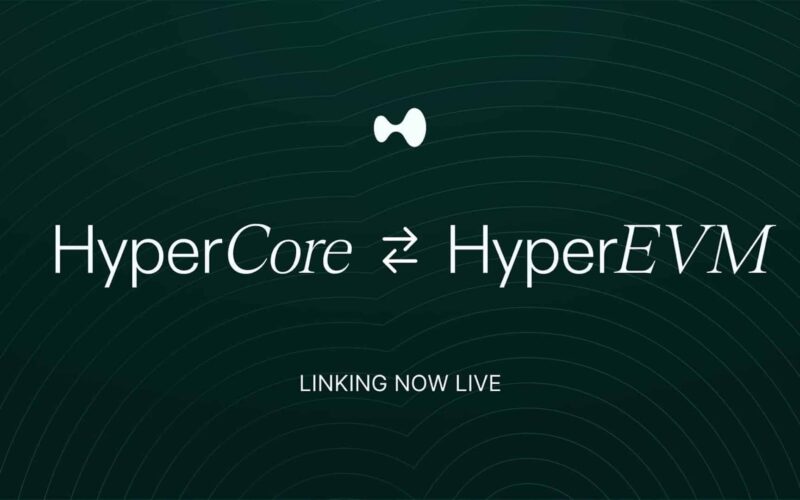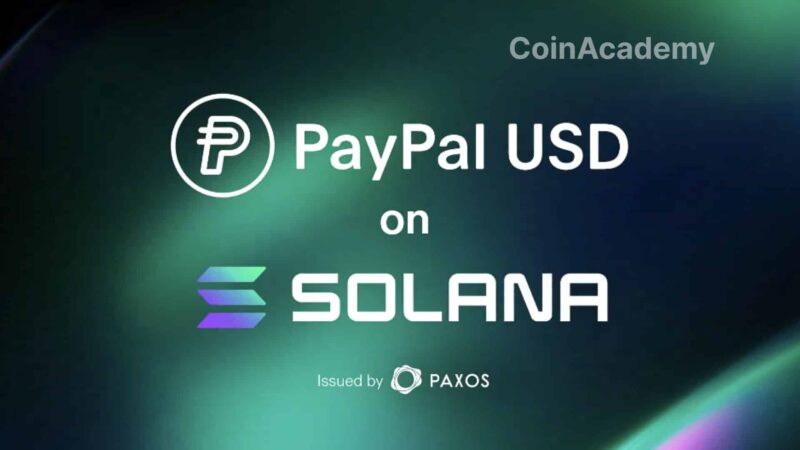Hyperliquid is accelerating its transformation into a hybrid infrastructure by enabling communication between HyperCore and HyperEVM on the mainnet. This technical bridge marks a new milestone in the convergence of functionalities between decentralized finance and centralized exchanges, offering a smoother environment for developers.
A native bridge between two complementary architectures
HyperCore, the foundation of Hyperliquid’s Layer 1 blockchain, has always supported a performant order book and ultra-fast execution. HyperEVM, introduced in February 2025, provides direct compatibility with the Ethereum ecosystem, allowing developers to deploy dApps in Solidity while benefiting from Hyperliquid’s infrastructure.
Now, these two entities work interoperably. Developers can transfer assets, including the native token HYPE, between HyperCore and HyperEVM via spotSend actions or directly through the protocol’s graphical interface. On the EVM side, transfers are based on the ERC-20 standard, except for HYPE, which serves as the native gas token and follows a specific treatment.
HYPE: a unique case in the architecture
Unlike other assets, HYPE does not rely on an ERC-20 contract for its movements between the layers. On HyperEVM, it functions as a native gas token, and its transfer to HyperCore is done simply by sending a value to a specific system address (0x222...222). This address triggers a Received(address, amount) event that ensures the funds are received on the Core side, both for smart contracts and external wallets.
A precise but demanding linking system
In order for an asset to be transferable between HyperCore and HyperEVM, it must first be “linked.” The process consists of two steps: the deployment of the ERC-20 contract on the EVM side, and the registration of the link through specific actions. This link can only be finalized if the deployment meets certain transparency conditions, including including the HyperCore deployer’s address in the first storage slot of the EVM contract or using the correct nonce for contracts created by an external address.
No automatic verification mechanism is in place: neither to validate the behavior of the linked ERC-20 contract, nor to ensure that the system address holds a sufficient balance. This means that developers must rigorously audit the bytecode and balances before proceeding with transfers. The immutability of the activated link reinforces this requirement.
A strategic building block in Hyperliquid’s vision
By creating a native gateway between HyperCore and HyperEVM, Hyperliquid is not just satisfied with a technical achievement. It paves the way for an ecosystem where builders can design, deploy, and trade their projects in a seamless flow, without compromising between performance and compatibility.
This launch comes a few months after a resounding HYPE airdrop, with the token currently showing a 53% decrease from its December 2024 ATH. Hyperliquid continues to assert its place among the most ambitious infrastructures of the new generation of DeFi.




